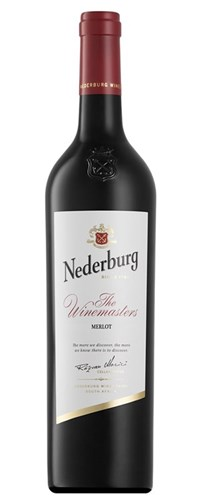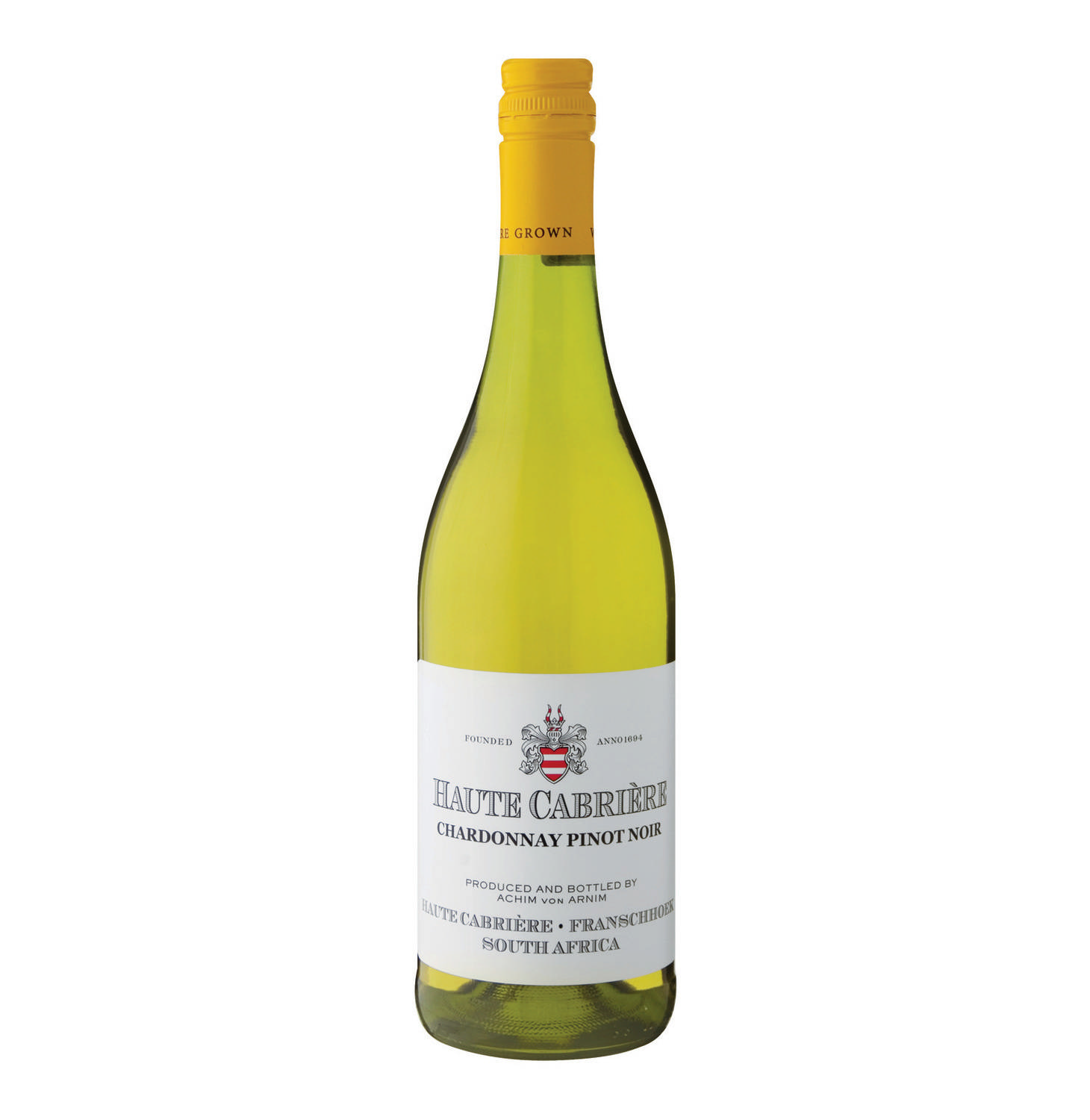Wine Tasting Notes
If you want to convert your wine tasting experiences into learning sessions where you grasp the subtleties of various properties of wines and gather knowledge about the different aspects of tasting wines, then start taking notes. Maintain a journal if possible and note down all your observations.
Why take wine tasting notes? Human memories are huge super computers but even these cannot retain everything that our various senses experience. Hence our minds store only selective data and not the details of our experiences. Taking wine tasting notes enables us to record the even the minutest details of our observations and we can gauge the wine and its characteristics in totality.
How to take wine tasting notes? Noting down your wine tasting experiences may not sound like a very tough ask but this is a simple job only if you do it according to a system. Create a journal with your notes and it could prove to be a treasure house of information about wines and would be a delight to serious wine aficionados. The following illustration taking the South African wine Graham Beck Brut NV as an example should provide guidance to enable you to maintain your notes properly.
Name: Graham Beck Brut NV Price: RRP $ 34.95
Varietal: 54% Chardonnay, 46% Pinot Noir
Vintage: Non vintage NV
Area of Origin: Western Cape, South Africa
Vineyard: Firgrove Vineyard. Chardonnay variety taken from riverside vineyards where soil has high lime content and production is 9 tons/ha. The Pinot Noir variety is from loamy-clay soil vineyards, and production is 10 tons /ha.
Harvest Details: Grapes are handpicked. Chardonnay varietal with 18-19.5°B sugar content lends elegance and Pinot Noir with 18.5-20°B sugar gives the complex flavors.
Cellar: Méthode Cap Classique cellar in Robertson
Cellar Treatment: Pressed in bunches. After the juices settle each variety is fermented separately, after which they are cross blended and bottled and kept in yeast contact for about 15-18 months.
Tasting Notes: Light aroma of yeast. Rich and complex creamy taste. Fine fresh mousse with great finesse.
Analysis: Alcohol: 12.10% vol Residual
Sugar: 8.5g/l pH: 3.25 Acid: 5.30g
- Date: First of all, always note down the date on which you tasted a wine. This will enable you to refer to your notes easily.
- Information about the wine:
- Name: Write down the name of the wine and its price e.g. Graham Beck Brut NV - Price $34.95.
- Variety: Note down the varietal or the variety of grapes used in making a wine. This information will be very useful in your wine tasting notes. Some wines are named after the basic variety of grape that goes into its making. Record the varieties of grapes and if available, note down the percentages of each grape in a wine blended from different varieties of grapes. The wine under discussion is made of 54% Chardonnay and 46% Pinot Noir grapes.
- Vintage: The year the grapes were harvested that indicates the vintage of a wine is generally displayed on a wine bottle. Note this down too as it is a very vital information that will help in defining the quality of the wine. If the wine is a blend of grapes of various blends then the label on the bottle will indicate that it is a Non Vintage wine with the abbreviation NV on it as in our example.
- Area of Origin: Recording the region from where the grapes for a wine were procured is vital as this will give you an idea of certain characteristics of the wine. Be specific when noting down the name of the region; e.g. write down, “Western Cape, South Africa” and not just “South Africa” if the grapes come from that region.
- Vineyard: Write down the name of the specific vineyard where the grapes were harvested. Mention the climate, type of soil and density of grape cultivation and other relevant information about the region. The Graham Beck Brut wine comes from the Firgrove Vineyards. Here the Chardonnay grapes are cultivated on the riverside where the soil has a high percentage of lime and yields a crop of 9 tons per hectare. The Pinot Noir is planted further inland where the soil is loamy clay and the yield is 10 tons per hectare.
- Harvest details: This is a record of how the grapes were picked and harvested. Note the full details.
- Cellar: Note the name of the producer. It could be a winery as in the case of the wine being discussed which was produced in the Méthode Cap Classique cellar in Robertson. It could also be some wine producing company.
- Cellar treatment: This describes the fermentation, blending and production processes of the wine. It also informs you about the method of bottling and period of fermentation. In our example the grapes were pressed together. Then they were fermented separately and mixed again and stored in contact with yeasts for about 18 months.
- Tasting notes: This is where you are actively involved in the wine tasting process. Pour the wine into a glass, swirl it and inhale the aromas deeply. Note down the various fragrances individually. Then take a sip or two, roll the wine in your mouth and record the specific tastes that you sense.
- Analysis: Finally post an analysis about the various other aspects related to wine tasting, like alcohol content, volume of sugar and level of acids in the wine.
Wine tasting observations are totally personal and can vary from individual to individual. So don’t be influenced by the opinions of anyone and make precise and truthful notes of your own experience.
sting wines, then start taking notes. Maintain a journal if possible and note down all your observations.
Why take wine tasting notes? Human memories are huge super computers but even these cannot retain everything that our various senses experience. Hence our minds store only selective data and not the details of our experiences. Taking wine tasting notes enables us to record the even the minutest details of our observations and we can gauge the wine and its characteristics in totality.
How to take wine tasting notes? Noting down your wine tasting experiences may not sound like a very tough ask but this is a simple job only if you do it according to a system. Create a journal with your notes and it could prove to be a treasure house of information about wines and would be a delight to serious wine aficionados. The following illustration taking the South African wine Graham Beck Brut NV as an example should provide guidance to enable you to maintain your notes properly.
Name: Graham Beck Brut NV Price: RRP $ 34.95
Varietal: 54% Chardonnay, 46% Pinot Noir
Vintage: Non vintage NV
Area of Origin: Western Cape, South Africa
Vineyard: Firgrove Vineyard. Chardonnay variety taken from riverside vineyards where soil has high lime content and production is 9 tons/ha. The Pinot Noir variety is from loamy-clay soil vineyards, and production is 10 tons /ha.
Harvest Details: Grapes are handpicked. Chardonnay varietal with 18-19.5°B sugar content lends elegance and Pinot Noir with 18.5-20°B sugar gives the complex flavors.
Cellar: Méthode Cap Classique cellar in Robertson
Cellar Treatment: Pressed in bunches. After the juices settle each variety is fermented separately, after which they are cross blended and bottled and kept in yeast contact for about 15-18 months.
Tasting Notes: Light aroma of yeast. Rich and complex creamy taste. Fine fresh mousse with great finesse.
Analysis: Alcohol: 12.10% vol Residual
Sugar: 8.5g/l pH: 3.25 Acid: 5.30g
- Date: First of all, always note down the date on which you tasted a wine. This will enable you to refer to your notes easily.
- Information about the wine:
- Name: Write down the name of the wine and its price e.g. Graham Beck Brut NV - Price $34.95.
- Variety: Note down the varietal or the variety of grapes used in making a wine. This information will be very useful in your wine tasting notes. Some wines are named after the basic variety of grape that goes into its making. Record the varieties of grapes and if available, note down the percentages of each grape in a wine blended from different varieties of grapes. The wine under discussion is made of 54% Chardonnay and 46% Pinot Noir grapes.
- Vintage: The year the grapes were harvested that indicates the vintage of a wine is generally displayed on a wine bottle. Note this down too as it is a very vital information that will help in defining the quality of the wine. If the wine is a blend of grapes of various blends then the label on the bottle will indicate that it is a Non Vintage wine with the abbreviation NV on it as in our example.
- Area of Origin: Recording the region from where the grapes for a wine were procured is vital as this will give you an idea of certain characteristics of the wine. Be specific when noting down the name of the region; e.g. write down, “Western Cape, South Africa” and not just “South Africa” if the grapes come from that region.
- Vineyard: Write down the name of the specific vineyard where the grapes were harvested. Mention the climate, type of soil and density of grape cultivation and other relevant information about the region. The Graham Beck Brut wine comes from the Firgrove Vineyards. Here the Chardonnay grapes are cultivated on the riverside where the soil has a high percentage of lime and yields a crop of 9 tons per hectare. The Pinot Noir is planted further inland where the soil is loamy clay and the yield is 10 tons per hectare.
- Harvest details: This is a record of how the grapes were picked and harvested. Note the full details.
- Cellar: Note the name of the producer. It could be a winery as in the case of the wine being discussed which was produced in the Méthode Cap Classique cellar in Robertson. It could also be some wine producing company.
- Cellar treatment: This describes the fermentation, blending and production processes of the wine. It also informs you about the method of bottling and period of fermentation. In our example the grapes were pressed together. Then they were fermented separately and mixed again and stored in contact with yeasts for about 18 months.
- Tasting notes: This is where you are actively involved in the wine tasting process. Pour the wine into a glass, swirl it and inhale the aromas deeply. Note down the various fragrances individually. Then take a sip or two, roll the wine in your mouth and record the specific tastes that you sense.
- Analysis: Finally post an analysis about the various other aspects related to wine tasting, like alcohol content, volume of sugar and level of acids in the wine.
Wine tasting observations are totally personal and can vary from individual to individual. So don’t be influenced by the opinions of anyone and make precise and truthful notes of your own experience.




